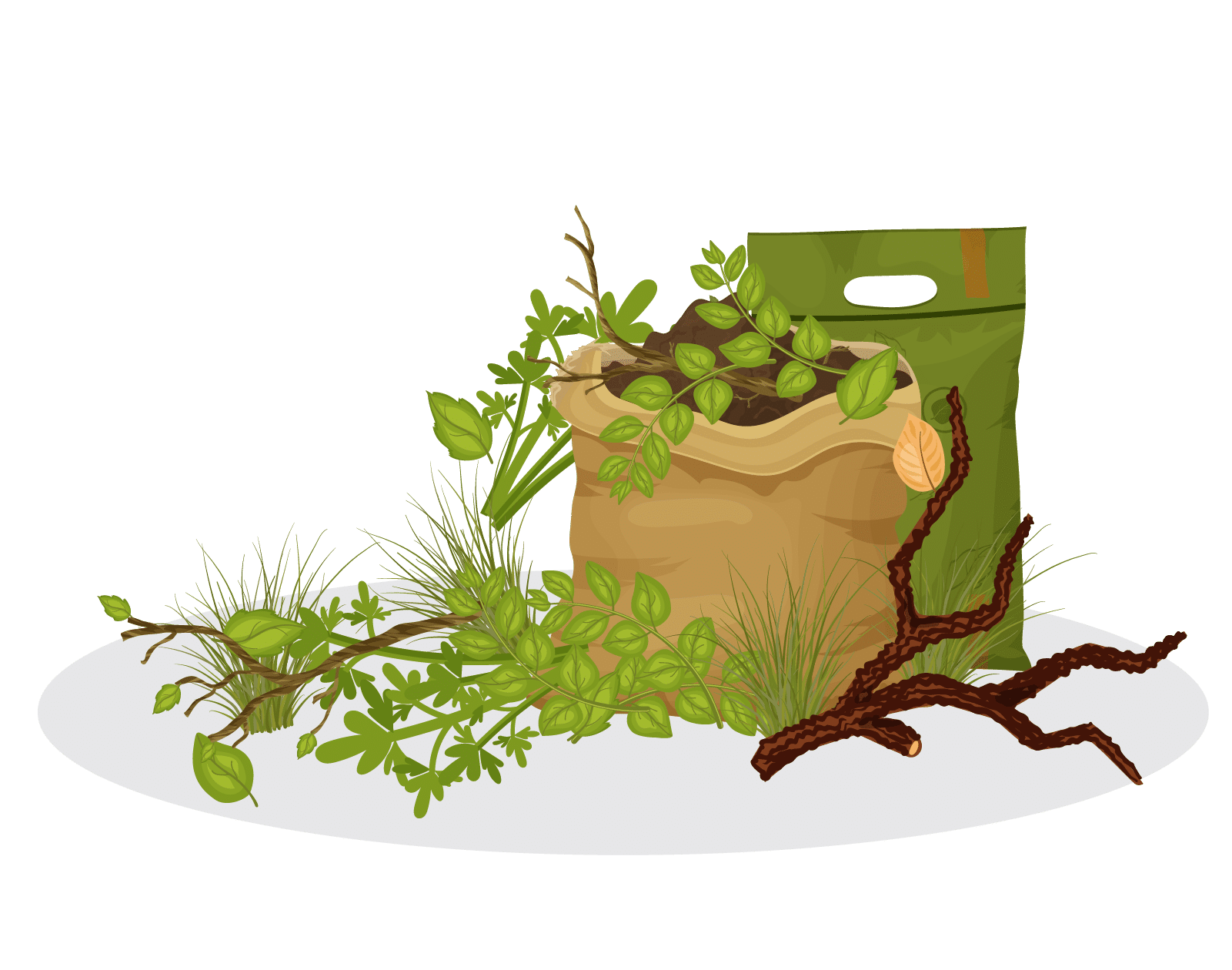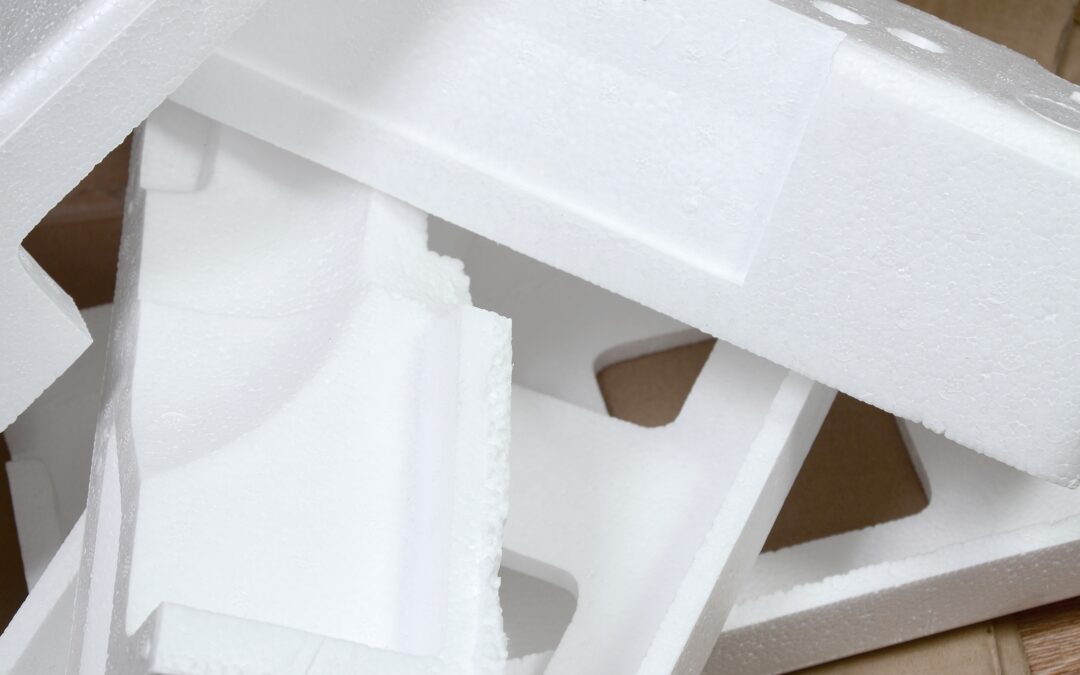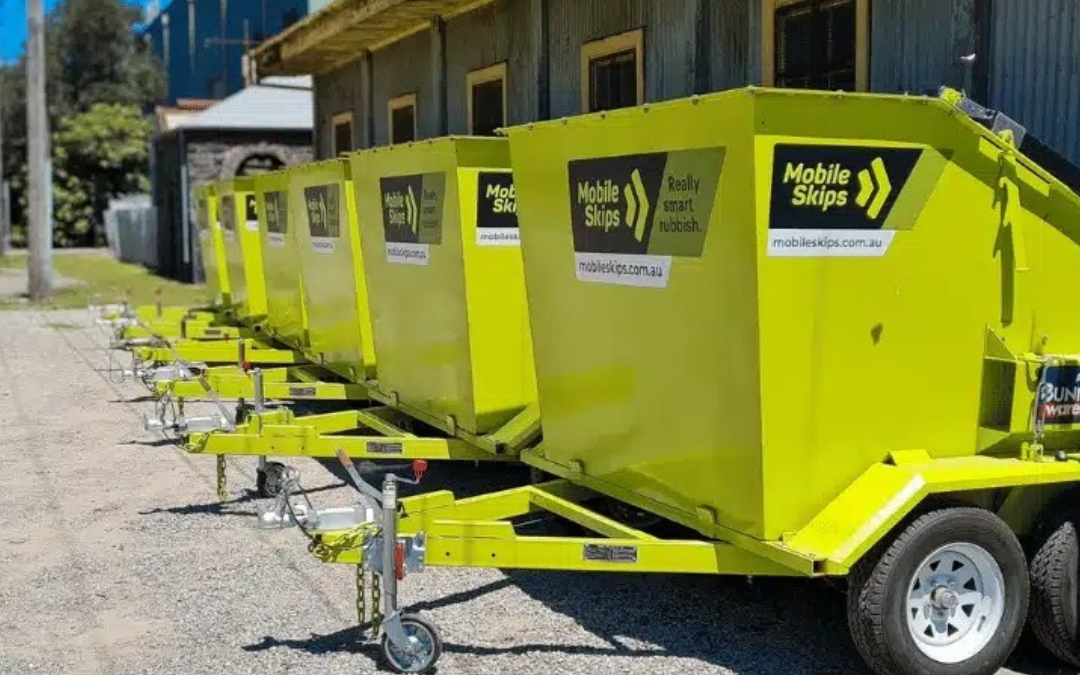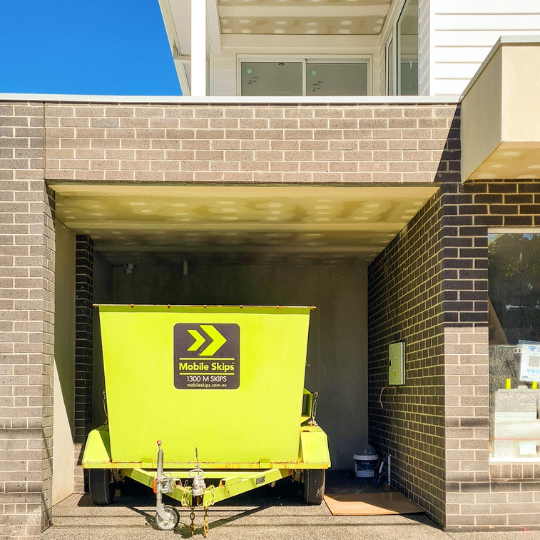If there’s one thing that’s gotten us through the past few months of quarantine – besides friends and family – it’s probably hobbies. Many of us have suddenly had all this extra time to focus on old hobbies or take up new ones, and, in our opinion at least, one of the most rewarding hobbies is gardening. There’s nothing quite so satisfying as watching the plants you cultivated grow and being able to eat fruits and vegetables that you grew yourself.
Table of Contents
Many agree and have decided to start up “quarantine gardens,” to varying degrees of success. In this post, we’re going to provide some general gardening tips for those who want to take up gardening or recently have. Since winter is fast approaching, we’ll also look at how to best prepare your garden for the winter months and what kinds of things you can plant in the wintertime.
How Do I Start A Garden?
Starting a garden is not as hard as you may think. Maintaining it can be a bit more difficult, but still not incredibly hard if you pay attention to your garden.
One of the first things you need to do is figure out what climate zone you live in. Australia has a tropical climate up north, arid in the middle, and subtropical and temperate climates on the east and west coasts. In the south, you’ll find cooler climates. Determining your climate zone is important because it gives you an idea of what you can and can’t plant during the winter.
You can find a hardiness zone map of the country on the Australian National Botanic Gardens website, with a more in-depth explanation of what it all means.
What if I Live in a Colder Area?
If you’re living in one of the colder climates, where the temperature of the soil reaches 15 degrees or less, it’s probably not a good idea to start your garden until the temperature starts to rise in late July and August. Even the hardier crops will have trouble during the winter.
One thing you can do, though, is plant seedlings indoors in a tray, maintain them, and then transplant them into your garden once the temperature begins to rise. Otherwise, the cold temperature doesn’t mean you can’t start planning out your garden in advance! We’ll get to some gardening ideas below.
Find a Location With Plenty of Sunlight
You’ll want to scout out a location on your property that gets plenty of sunlight – you can even set out a video camera to record how much sunlight is hitting the spot you have in mind per day. Most vegetables are going to require at least six hours of sunlight per day to prosper, but it’s great if you can get a location with even more hours of sunlight. Six to ten hours is ideal. Certain plants, though, require shade, so if you have a tree-lining make sure your garden extends into their shadow in case you find you want to plant something that doesn’t need so much sun.
Start With Easy to Manage Plants.
It’s a good idea to start with plants that are easy to grow – as with any new endeavor, it’s important to set yourself up for early success to build up your confidence. Herbs like rosemary or oregano are usually a good choice. It’s best to start these from seeds because it will be good experience gained. If you learn to plant from seeds at the beginning, you’ll have almost limitless options for cultivars later on.
Overall, starting a garden might involve some trial and error. There are certain guidelines you can follow, but sometimes things outside of your control – such as the weather – may affect the ability of your plants to grow. Do your best to not get discouraged. Even if you did “mess up,” every mistake is a learning experience that’ll eventually get you to your dream garden.
Get to Know Local Gardeners
Lastly, consider joining a local Seed Savers group. These groups are full of people who have been gardening for years or even decades and have a good understanding of what plants will flourish in your own local environment. Due to the Covid-19 pandemic, they’re also currently offering a free guide on their site that’ll give you in-depth information on starting a food garden.
What Can I Plant in the Winter?
Since winter is almost upon us – here in Australia, winter starts on June 1 – you’ll need to be thinking about winter plants or maintenance of your existing garden. As opposed to English or American winter gardens, where they’re mostly just resting and their caretakers are planning ahead for the spring, we enjoy a more mild winter in most parts of Australia, and that means you can get busy with your garden during the colder months.
The concept of a winter garden has become increasingly popular. This mostly has to do with flowering plants, but certain vegetables can also fare the winter months.
Your winter garden wouldn’t be complete with flowers, and what better than the aptly named snowdrop? These flowers, with their drooping white petals, are quite beautiful. Primroses are perfectly suited for a winter garden as they only last from winter to spring, so now is your chance.
And what about vegetables? Some of them are surprisingly hardy: cabbage, winter lettuce, onions and shallots all make good choices for planting in the winter. Carrots also flourish all year round. Potatoes are one tough crop that grows well in the winter and they make an especially good beginner’s winter vegetable.
Towards the end of the winter, as things start to heat up – think late July and August – you can begin to plant spring bulbs and spring vegetables. If you’ve been growing any citrus plants, feed these around late July.
How Do I Prepare my Garden for the Winter?
Winter can definitely be used to begin cultivating certain species. Most experts, however, will look at winter as a time to perform maintenance on your garden. Putting in a time investment now will save you time later on and make for a more productive springtime. If you already have a garden that made it through the fall, this section is for you.
First up, scour your garden for any invasive weeds You want to be thorough here – you probably have the time now, anyway! Dig these invaders up by the roots and dispose of them. Don’t try to recycle them by throwing them in the compost heap, as weeds are sneaky and have the potential to reinfect your garden.
Next, you’ll want to take any dead and rotting plants out of your garden. Insects can lay eggs here, leading to a larger-than-necessary bug infestation come springtime. One good idea is to bury the dead plants in the garden as that way you’ll increase the quality of the soil.
Now is also the time to prune some plants, especially certain perennials. Herbs are always a good, easy start for any aspiring gardener, and now’s the time to prune herbs like rosemary or oregano. If you’re living in an area that’s prone to frost, however, don’t prune plants that will quickly reshoot as they’ll just be damaged by the frost.
Lastly, just because your garden may be (mostly) going to sleep for the winter doesn’t mean you should ignore compost and mulch. If you’ve had an active garden over the summer and fall, it’s most likely time to replace these. Compost – organic matter which could be thought of as a type of “plant food” – is important to the growth of your garden, while mulch will retain moisture in the soil.
Mulch is also especially important during the winter as it will add a protective layer around the roots of plants which may be vulnerable to sporadic seasonal weather. Consider using organic mulch to give your plants more nutrition as it biodegrades into the soil during the winter months.
Of course, another thing you can and should do in the winter months is clean up your tools. If you’ve planted things, are watering consistently, making sure to mulch, etc., cleaning tools to have them ready to go in spring can be the last thing on your list.
How to Dispose of Green Waste?
Recycling things into your garden is great but, as we’ve seen – especially in the case of weeds – it’s not always possible to recycle everything. Green waste disposal can be a huge problem as it ends up in landfills.
That’s where we come in. Our company services all over Australia area with skip bins that you can order online and receive within a few hours. Unlike old-fashioned skip bin services, ours strives to be environmentally-friendly and recycle the materials you give us in a way that’s healthy for the planet. If you have green waste in Melbourne, be sure to pay our website a visit.
Conclusion
Overall, starting and maintaining a garden is not as difficult as you may think. Don’t shy away because you think you lack a “green thumb” – maybe you attempted to start a garden in the past but ran into some bad luck, or planted a species notoriously difficult to work with, and became discouraged. Don’t worry about that, as this time you’re going to do things right, even if you have to put up with a little trial and error.
With most of us staying at home much more than we used to, now’s the perfect time to tend a growing garden. Best of luck and






